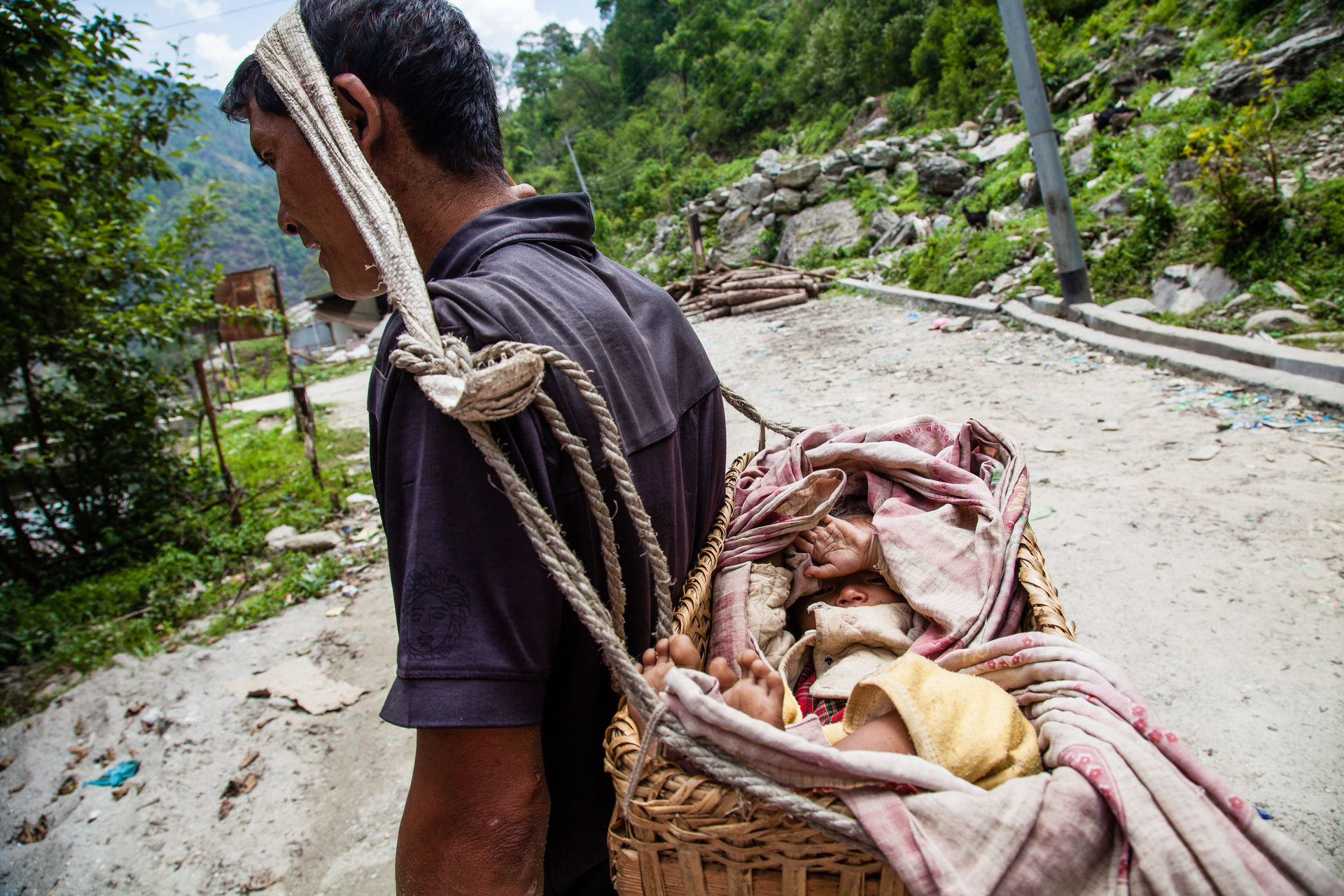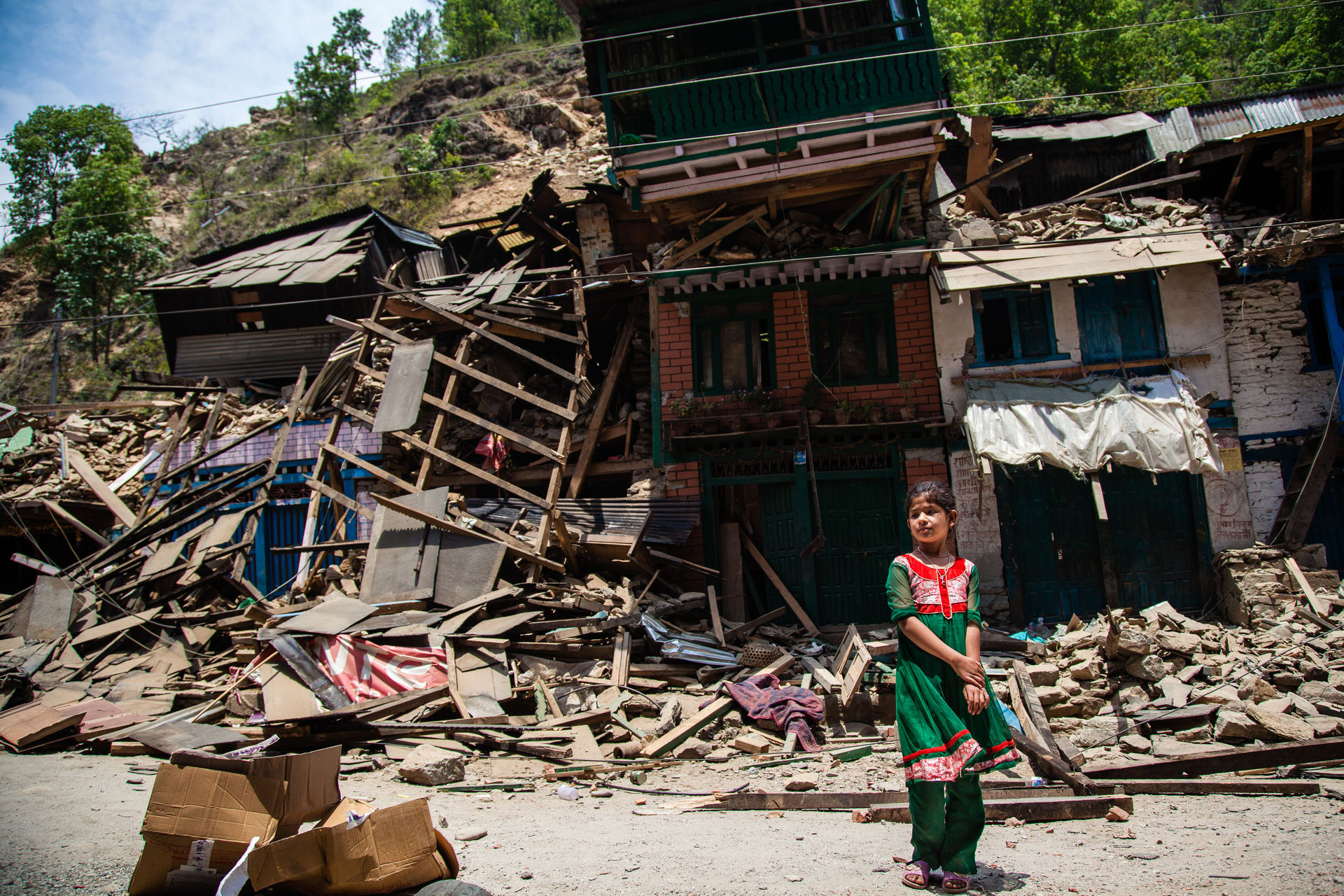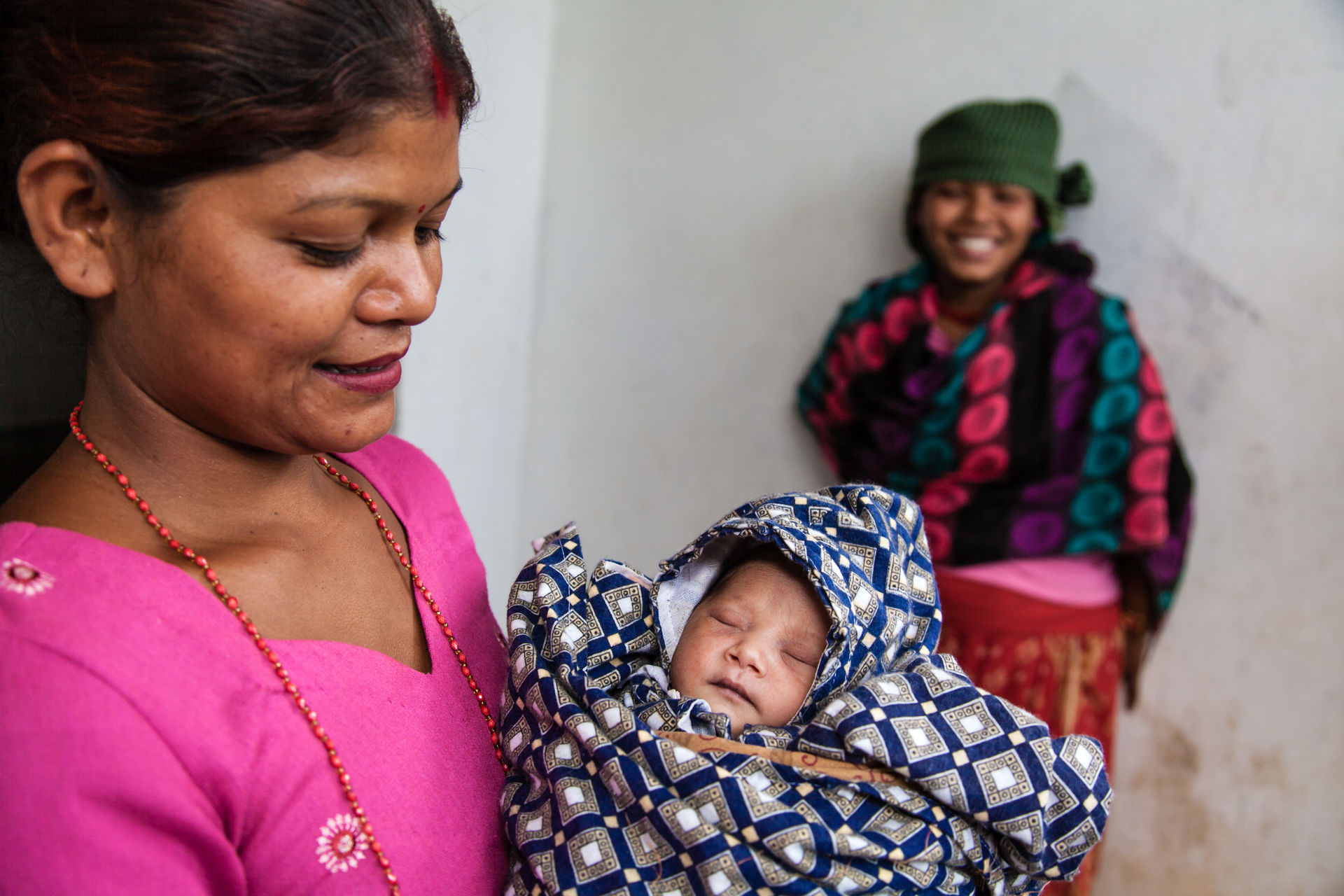When the Earth shook / Järistyksen jälkeen
- earthquake in Nepal














Juttuni Nepalista suomeksi (MTV Uutiset) /
Read my story in Finnish here.
Lush green and yellow hills around us are blanketed in pine trees and rice fields. The scenery in Dolakha district northeast of Kathmandu might be heart-stoppingly beautiful – if not for the arresting sight of demolished structures, piles of rubble and brightly-colored tarpaulin everywhere.
The epicentre of the latest earthquake was here in this mountainous district, and the area appears to have been hit hard.
We drive for hours through the steep and narrow mountain roads, carefully avoiding car-sized boulders thrown down by landslides. Further on we are stopped by a roadblock, a large mass of soil and rocks which has not been cleared.
We leave the cars and advance on foot, soon passing a sign welcoming visitors to the city of Singati.
At first sight Singati looks like a ghost town; the deserted streets are covered in rubble and debris. The totality of devastation is paralyzing. Most of the houses are completely destroyed, and the ones still standing are all badly cracked, poised to collapse at any minute.
Periodically, debris drops from smashed houses and breaks the silence. Walking further we find people who are desperately rummaging in the ruins of their homes. Nearby soldiers are digging carefully into a demolished concrete structure in search of a body.
“A man went into the barely-standing house. When an aftershock came, the house collapsed, and he was buried under the rubble. It is dangerous to even walk around here now,” a resident explains.
Chitra Kumari Khatri, 75, sits on the ruins of her house and looks at the soldiers rushing back and forth. After the first earthquake, her house was cracked but still standing. The second earthquake on the 12 May shook the house to the ground.
“All our belongings are here,” she says, pointing to the rubble.
Chitra lives alone with her husband Jagat Bahadur Khatri, 75. They have no children, no relatives, but they have always managed to make a living. Until now.
“We had a little shop downstairs, which was destroyed as well,” she says. “We have no home, no money, and no way to make our living anymore. What can we do now?"
The ground starts to tremble and soon we hear the sound of a helicopter. The second earthquake wrecked many roads in the Dolakha district. Landslides and rockfalls mean the areas and areas north of Singati are only accessible by air. Helicopters have become a common sight...
Lush green and yellow hills around us are blanketed in pine trees and rice fields. The scenery in Dolakha district northeast of Kathmandu might be heart-stoppingly beautiful – if not for the arresting sight of demolished structures, piles of rubble and brightly-colored tarpaulin everywhere.
The epicentre of the latest earthquake was here in this mountainous district, and the area appears to have been hit hard.
We drive for hours through the steep and narrow mountain roads, carefully avoiding car-sized boulders thrown down by landslides. Further on we are stopped by a roadblock, a large mass of soil and rocks which has not been cleared.
We leave the cars and advance on foot, soon passing a sign welcoming visitors to the city of Singati.
At first sight Singati looks like a ghost town; the deserted streets are covered in rubble and debris. The totality of devastation is paralyzing. Most of the houses are completely destroyed, and the ones still standing are all badly cracked, poised to collapse at any minute.
Periodically, debris drops from smashed houses and breaks the silence. Walking further we find people who are desperately rummaging in the ruins of their homes. Nearby soldiers are digging carefully into a demolished concrete structure in search of a body.
“A man went into the barely-standing house. When an aftershock came, the house collapsed, and he was buried under the rubble. It is dangerous to even walk around here now,” a resident explains.
Chitra Kumari Khatri, 75, sits on the ruins of her house and looks at the soldiers rushing back and forth. After the first earthquake, her house was cracked but still standing. The second earthquake on the 12 May shook the house to the ground.
“All our belongings are here,” she says, pointing to the rubble.
Chitra lives alone with her husband Jagat Bahadur Khatri, 75. They have no children, no relatives, but they have always managed to make a living. Until now.
“We had a little shop downstairs, which was destroyed as well,” she says. “We have no home, no money, and no way to make our living anymore. What can we do now?"
The ground starts to tremble and soon we hear the sound of a helicopter. The second earthquake wrecked many roads in the Dolakha district. Landslides and rockfalls mean the areas and areas north of Singati are only accessible by air. Helicopters have become a common sight...
Nepal, 2015.